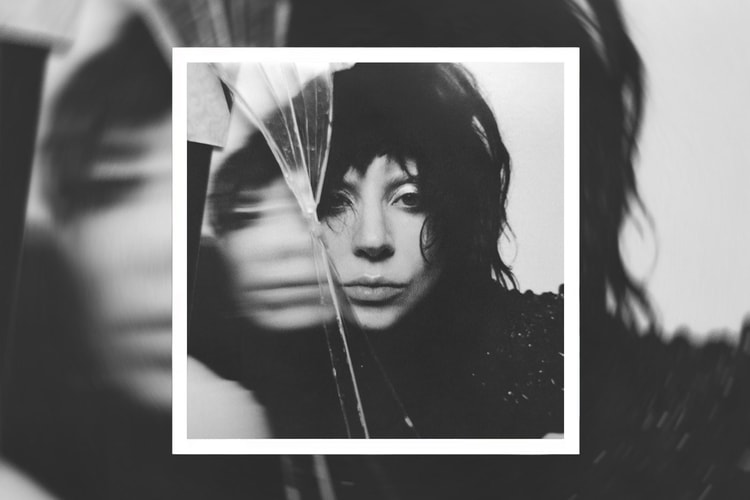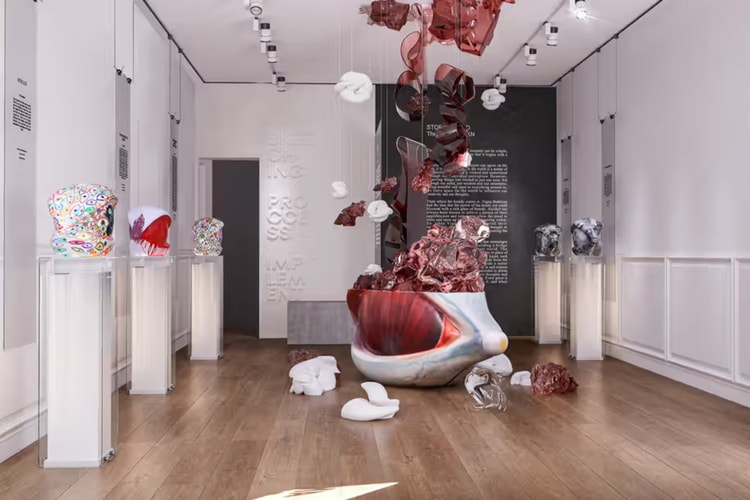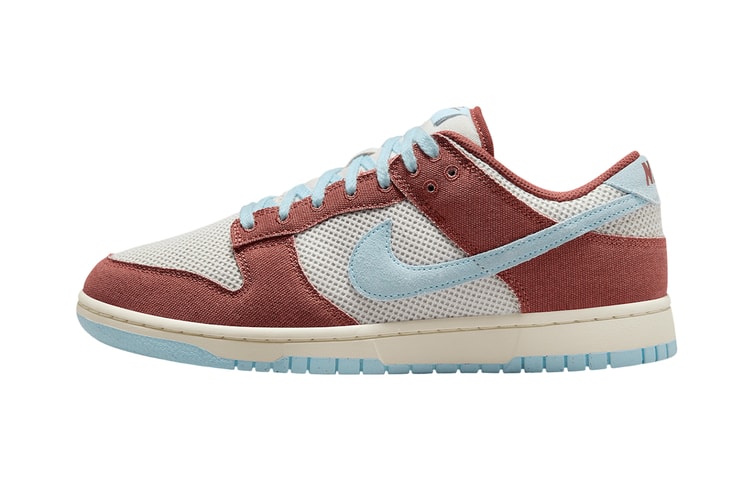Gesaffelstein: Musical Canvas
Mike Levy, better known to the world as French electronica maestro Gesaffelstein, has a musical
Mike Levy, better known to the world as French electronica maestro Gesaffelstein, has a musical resume that is hard to match. His latest credits feature production work for the likes of Daft Punk, Brodinski, and two tracks on Kanye West’s Yeezus — one of them being “Black Skinhead.” On top of that, the man has finally served his highly-anticipated debut full-length album, Aleph, after two years of production. One listen into the LP suffices to realize that it was worth the wait. Aleph, which made our Top 10 Albums of 2013 list, offers a genre bending series of trap, industrial rock and hip-hop influences, breathing life to a genre of electronic music that has been pushed to drastic artistic limitation over recent years. We had the honor to meet up with this exceptional artist before his concert at Webster Hall in NYC last December and conversed with him about the creational process behind his album, the delicate balance between music and drawing and, of course, Yeezus.
You have been active within the music scene for years but you just released your debut full-length Aleph a couple of months ago. How did you know you were ready to put it out?
Since 2010, not taking remixes into account, I haven’t put out that much material. I just wanted to gather all those things that influenced me since the very beginning and make sure it felt right.
Aleph is quite emotionally driven. What emotions played the biggest role in terms of creation/production of the album? Did you have a pre-designed road map for it?
The idea was to create a strong musical entity that could go back and forth from dark and violent things to some more melancholic and dramatic sounds. When I wasn’t at my studio, I used to write down some ideas to memorize and put them into music.
How does it feel to have it out and are you happy with the reception?
It’s a really odd feeling. I feel like I did all those researches on my own sound unconsciously. All the feedbacks have been amazing so far, I’m really happy about it.
You stated that you discovered hip-hop sound through Brodinksi. Have you gotten the chance to explore this genre more?
I do like some old and more recent tracks but I don’t have Brodinski’s knowledge on this. What I’m interested in hip-hop is to witness its evolution.
What was the most challenging aspect while working with Kanye on Yeezus?
I don’t take music as a challenge. The collaboration with Kanye made it possible for me to find out some brand new ways to work and share. Team work is new for me.
Is Yeezus hip-hop to you? If not, in which category would you put it in?
Yeezus is Yeezus.
Your beginning (early inspiration) in music was actually driven by art and drawing. What parallels between both creative elements have you detected and how did you utilize these parallels in order to create music?
Nowadays, everything is dematerialised, when you purchase an album on the Internet, you download a link featuring mp3 files, technically it has nothing to do with a proper album. It’s very important to highlight music with a strong image around it and videos to stir people’s imagination. This ‘download’ word doesn’t make them dream.
What is the biggest misconception the public has about Gesaffelstein?
I guess you can say it’s really none of my business, and I’m probably not the one who can answer this question. Conceptions and misconceptions are part of the deal, right?
Do you prefer making music in interaction with a live audience or in the recording studio?
Studio. I think I’m not a person made for the live act, even it’s something really exciting. I don’t want to play live that much in the next few years.
Interview: Davis Huynh
















![Little Dragon - Fortune (SYZ Edit) [Preview]](https://image-cdn.hypb.st/https%3A%2F%2Fhypebeast.com%2Fimage%2Fht%2F2014%2F01%2Flittle-dragon-fortune-syz-edit-2.jpg?fit=max&cbr=1&q=90&w=750&h=500)